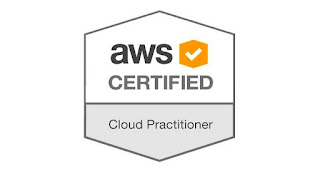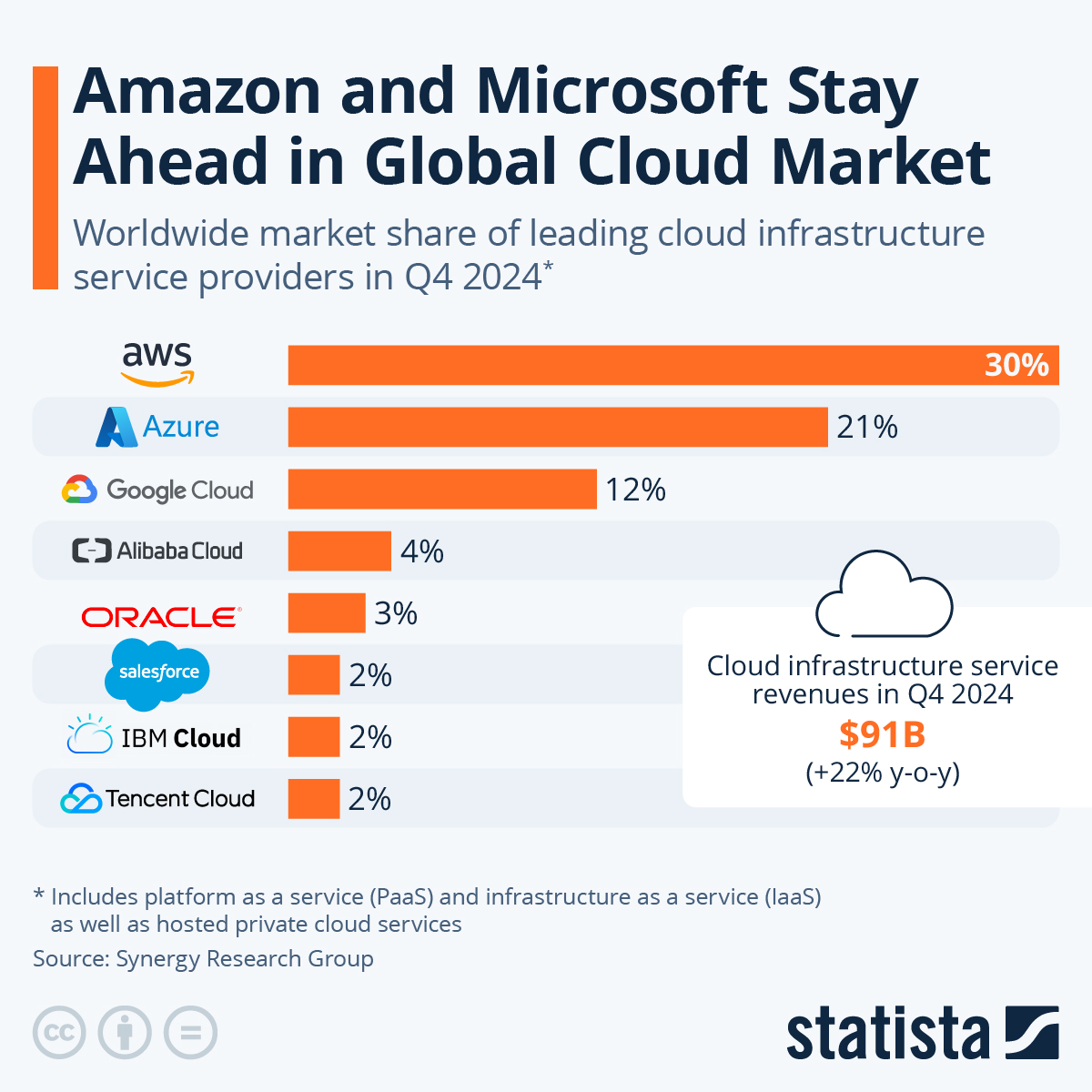Overview: I see a lot of development teams, and they always seem to have areas they are good at and capabilities teams need improvement on. Key is culture and building a happy team where team members trust and help one another.
Building a culture where teams enjoy code reviews is also key for successful Software projects. To improve software, reviewing various areas not only code reviews are essential. For me, clear requirements are the number 1 factor in improving teams performance.
Companies are getting better at building software; I aim to work on these topics to improve the delivery of software within scrum teams:
- Code Reviews & Peer Reviews (Daily reviews are awesome, should be pretty short and enjoyable not someone trying to show off or hours long)
- Collaboration (Standups, Slack/Teams, Code tools have collaboration built in)
- Documentation & Requirements Reviews
- Better tooling including better CI/CD tooling including static analysis tools
- Unit Testing, automate coding standards, Integration testing, UI Testing, and API testing
- Requirements (Use Stories are clear and Acceptance Criteria)
- Cadence is improving thanks predominately to Agile practices; I like short release cycles (2-3 weeks depending on the team and industry). Changing requirements, indecision kills software projects. Agile helps, but decisive knowledgeable product owners increase the likelihood of the project succeeding.
Benefits of Code, Documentation and Requirement Reviews:
- Improved software quality & product delivery
- Share domain knowledge
- Training team members (useful for onboarding new team members)
- Reduce support and fix costs
- Lower cost & faster development






